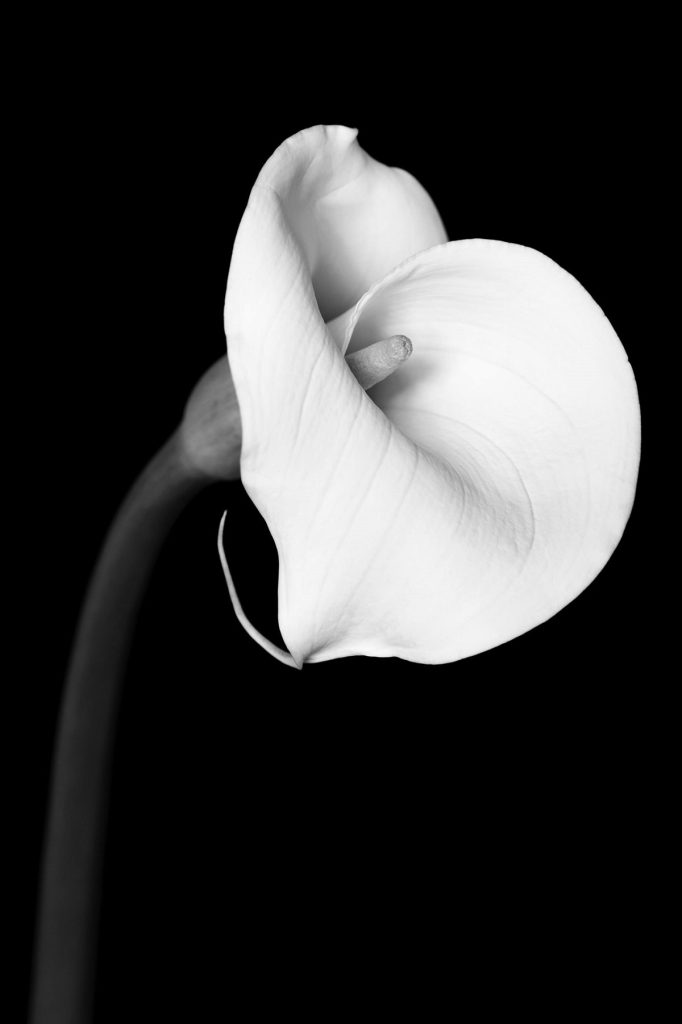And who by fire, who by water,
who in the sunshine, who in
the night time,
who by high ordeal, who by
common trial,
who in your merry merry
month of may,
who by very slow decay,
and who shall I say is calling?–Leonard Cohen, “Who by Fire”
Do you want to die in the ER? In an accident? In fire or water? How about in a nursing facility or a memory care unit? Probably not. If you’re willing to think about it, you’d probably rather die at home, with a compassionate presence nearby. You’d like to be free of unbearable pain. You want to have had a voice, and you want your wishes to be respected.
If you meditate, you may hope to be practicing when you die. Imagine being seated in posture, with candles and subtle incense burning, sporting a serene, Khmer Buddha–like smile as your final breath is drawn, conscious to the last.
The odds are against you, of course. While approximately three-quarters of Americans state that they’d like to transition at home (dying peacefully in one’s sleep is a perennial favorite), only about one-quarter actually do. Many people die a “default” death: in an institution, with decisions made by staff according to protocol and legal guidelines. Most don’t have a living will, and many haven’t spoken with loved ones about end-of-life priorities.
Fortunately, recent statistics show that the paradigm is changing: The topic of death and dying is coming out into the open, palliative and hospice care are gaining recognition, and more and more of us are signing advance directives. We’re attending workshops, having meaningful conversations, and making timely decisions about our effects and remains. We’re preparing, as best we can, for “a good death.”
Like Josie’s. Josie, a hospice patient I’d been visiting for a couple of months, was dying of non-Hodgkin’s lymphoma. Although her initial prognosis had been promising, the treatment hadn’t worked. She spoke openly about what she was experiencing, made a final journey to Ohio to say her goodbyes, and hosted a party for old buddies from the Peace Corps while she still could. At one point she declared that she had no use for lingering on and would be dead in five days; she died, in fact, in six. Peacefully, with beloved friends and family nearby. On our last visit, just days before her death, Josie asked me, “Well, chaplain, what do you think? Any stone left unturned?” I told her that she was an inspiration and that her journey had marked me. “Write about it,” she said.
As a hospice chaplain, I witness death and its preambles every day. I know that Josie’s farewell was exceptional, but there was a catch: she was relatively young. In fact, we were the same age—late fifties—and her early departure was yet another reminder that, as Shantideva says, “ the Lord of Death cannot be trusted; he waits not for our undertakings, completed or not. For the sick and the healthy alike, this transitory life is precarious indeed.”
My first spiritual friend, an elderly Tibetan nun named Ani Tsewang Chödrön who had sought refuge in France, spoke easily and often of dying. She had done a three-year retreat late in life (after having completed the arduous Tibetan Buddhist preliminaries nine times, plus another 400,000 prostrations for good measure). Retreat, she said, was especially precious because once you’d done one, you were no longer afraid of death. You learned to recognize the stages of the dying process and could transform them into a practice that would lead to enlightenment.
But even after a three-year retreat and over a million prostrations, you don’t necessarily get to design your transition. Ani Tsewang died in a hospital in Hong Kong after a long and painful illness and weeks in a coma. Still and all, I’m inclined to believe that she was practicing during that last phase of her life, and that she would have been ready for the Lord of Death no matter how or when he was going to manifest.
It makes me uneasy to think that as death and dying meld into the mainstream, we may be tempted to predefine a good death according to criteria we can’t control. Someone’s bound to figure out that they can make money from the idea and package—maybe even trademark—“A Good Death.”TM There will be workshops and interviews. A good death will be gentle, timely, and serene; it will be reassuringly mystical. Chaplains will be involved.
In truth, though, aiming for any preferred version of death is fraught with opportunities for disappointment and rejection when the time comes: so much pressure to “get it right;” so many opportunities to “get it wrong.” Despite the most judicious precautions, we may end up meeting our demise in a hospital, or young, or through someone else’s aggression or mistake, or in the merry merry month of May, or by very slow decay. What then?
The more fortunate people I’ve accompanied as they prepared to leave this life behind—Josie and so many others—left in peace not because theirs was the ending they would have chosen for themselves but because they were ready to accept and work with what was happening. They were able to let go.
They let go of past regrets, future prospects, projects left unfinished, journeys still at the planning stage. Of dreams of watching loved ones evolve. For most of us, this ultimate letting go unfolds more naturally if we’ve taken care of emotional baggage and material business, developed a spiritual practice, said our thank-yous and goodbyes. And replaced our longing for “a good death” with a willingness to be present to what is. Then we may be able to greet the Lord of Death with courtesy and aplomb, no matter how or when he comes calling.
Thank you for subscribing to Tricycle! As a nonprofit, we depend on readers like you to keep Buddhist teachings and practices widely available.
